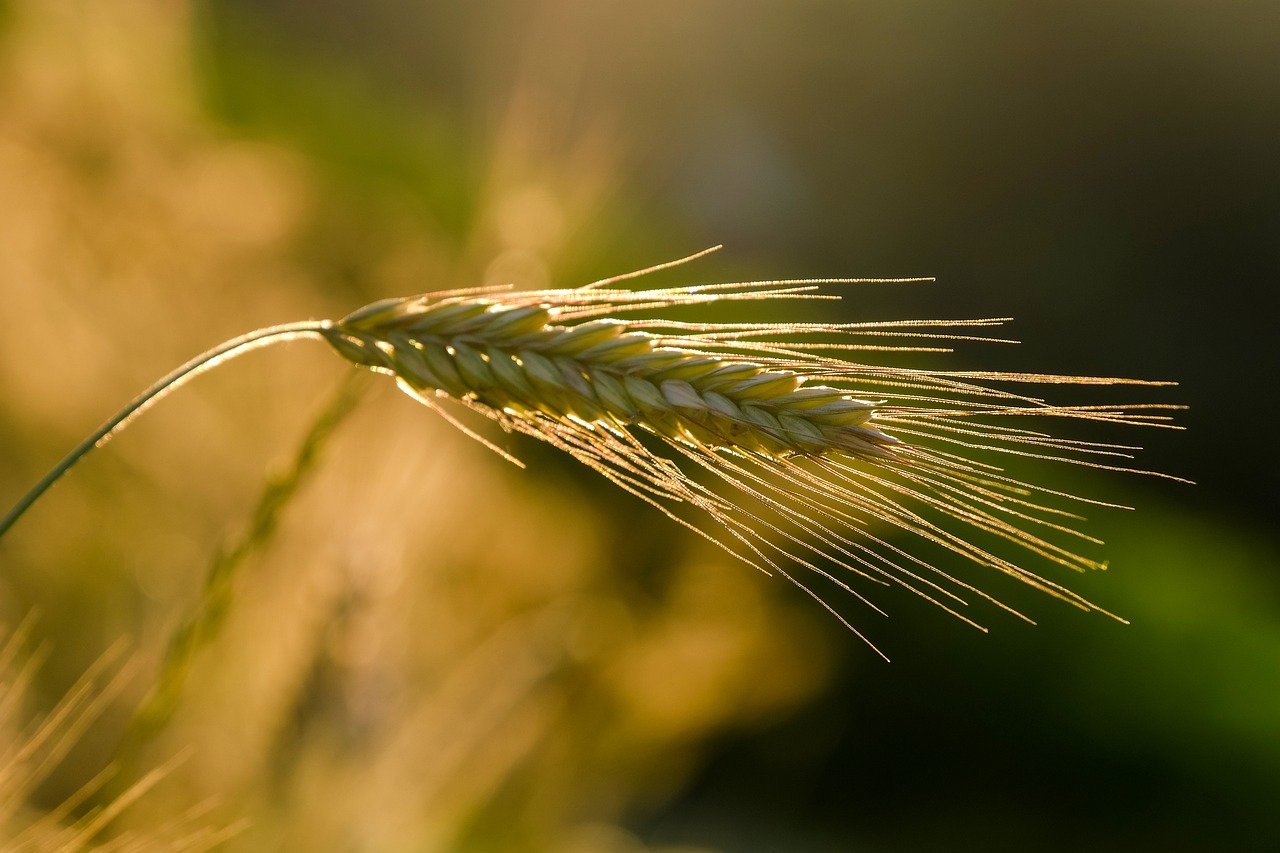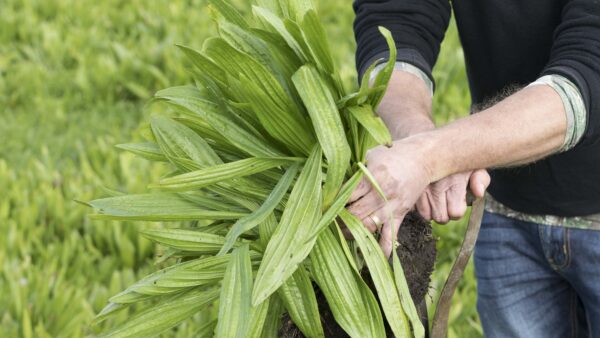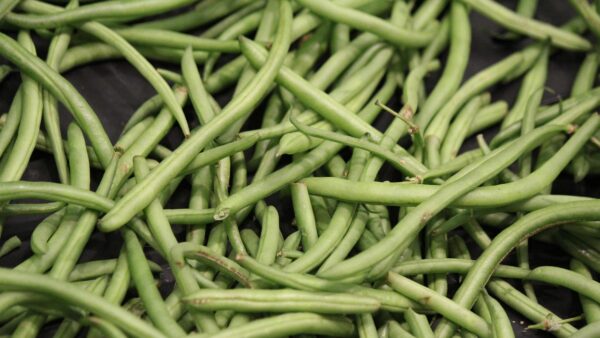Increasing yields, disease resistance, stress tolerance and improved food and feed quality have always been key goals for breeders and seem to become even more important. With climate change, farmers are facing critical challenges, for example, less water, less arable land, more extreme weather conditions, but also new plant diseases, and new pests. There is a constant need to develop new solutions that can withstand these threats, of which improved plant varieties are an important component. In addition, food security and quality must be provided for a continuously growing population.
New technologies such as genome editing are expected to make an important contribution. Several countries have already recognized the potential of those new technologies with cultivation approvals issued making improved varieties available to farmers in those regions. In China for example, a disease resistant, higher yielding genome-edited wheat was approved for cultivation in May 2024. According to a recent report, 509 of the 900 breeding projects for genome edited crops known worldwide at the end of May 2024, came from China.
Can these innovations be made available also to farmers in the EU?
With its proposed regulation for new genomic techniques (NGTs), the EU commission intends to create a growing economy in this sector and boost Europe’s competitiveness. As this seems to be a first significant step to be achieved, how can contributions from the breeding sector benefit farmers, consumers and society? Innovations such as gene editing and NGTs offer new opportunities and can contribute to Europe’s competitiveness, however, they require significant investments. The ability to protect plant innovations with adequate Intellectual Property (IP) tools, including patents, is therefore essential to secure sustainable investments in the breeding of crops using NGTs.
Patentability is an essential component of a robust IP protection scheme and plant variety protection is essential for protecting varieties, but not the technical innovations in plant traits. Both tools are complementary. This is needed to incentivize and stimulate investments in these new technologies. That is why an attack on patent law is often seen as an attack on innovation affecting not only corporations, but also innovative SMEs and start-ups. They all rely on patents to protect their innovations and secure investments in Europe.

Very often, the question is raised, how farmers benefit from patented innovation?
An economic study (Ogura) which looked at the distribution of the value of a patented trait in oilseed rape seeds found that 80% of the overall value generated goes to the farmer and downstream users.
Patents are therefore not mainly contributing to direct revenues towards the innovating companies but also towards farmers and society for the largest part.
In addition, under the EU Biopatent Directive (98/44/EC), farmers are entitled to save seeds under the exact same conditions as those of the plant variety protection regulation (2100/94). Small farmers do not have to pay anything.
Small and medium-size breeders are often concerned about lack of transparency and blocked access to patented innovation, although according to a recent Swiss study, the problem seems to be smaller than perceived. To support transparency and innovation dissemination for all breeders, voluntary initiatives have been developed during the last years. For example, forguaranteed transparency and access to commercialized patented traits in Europe, there is the PINTO database, the Agricultural Crop Licensing Platform (ACLP)), or different private initiatives like Bayer’s small breeders initiative. As one of several ACLP founding members, Bayer stands for its IP principles and encourages others to join. The success of all licensing platforms to disseminate innovation is dependent on the number of participants and whether licenses are provided in a fair and transparent way. Participating companies are open to explore further extension of these initiatives, should these gain broad attraction.
For Europe to reach its envisaged goal and to boost its economic growth in the agricultural sector by successfully introducing NGT plants, implementation of the NGT regulation is necessary, providing for a clear path to market, while leaving patent protection unaffected. Patents, together with fair licenses, do not block access but create transparency and stimulate innovation while enabling its dissemination to many breeders, ultimately providing more choice and value-added solutions for farmers. The goal is to achieve an innovation ecosystem for NGTs in Europe that better addresses the challenges in agriculture now and in the future, by providing a reliable legal framework for patent protection to stimulate innovation on the one hand, while promoting access for all breeders on the other.













